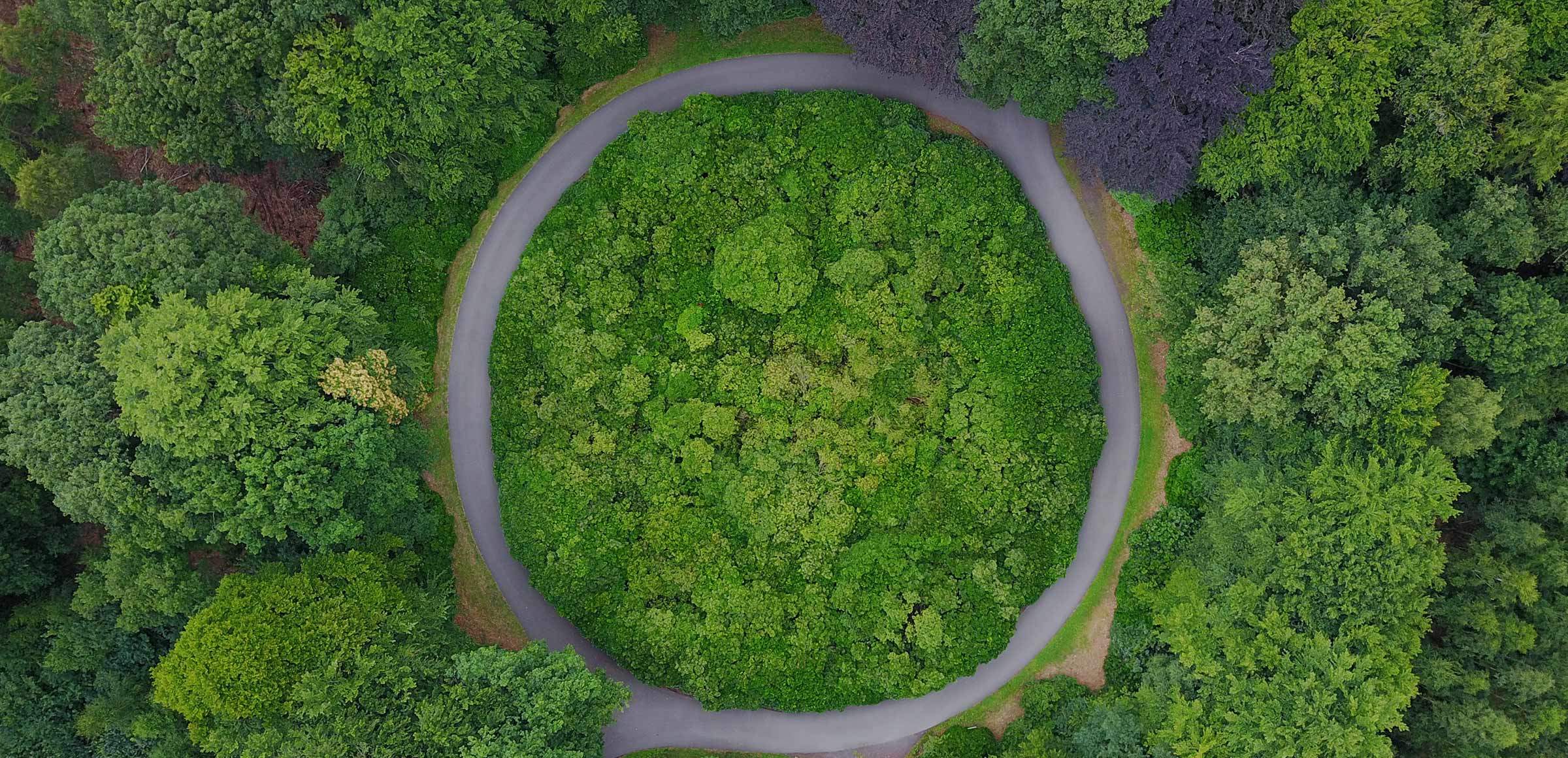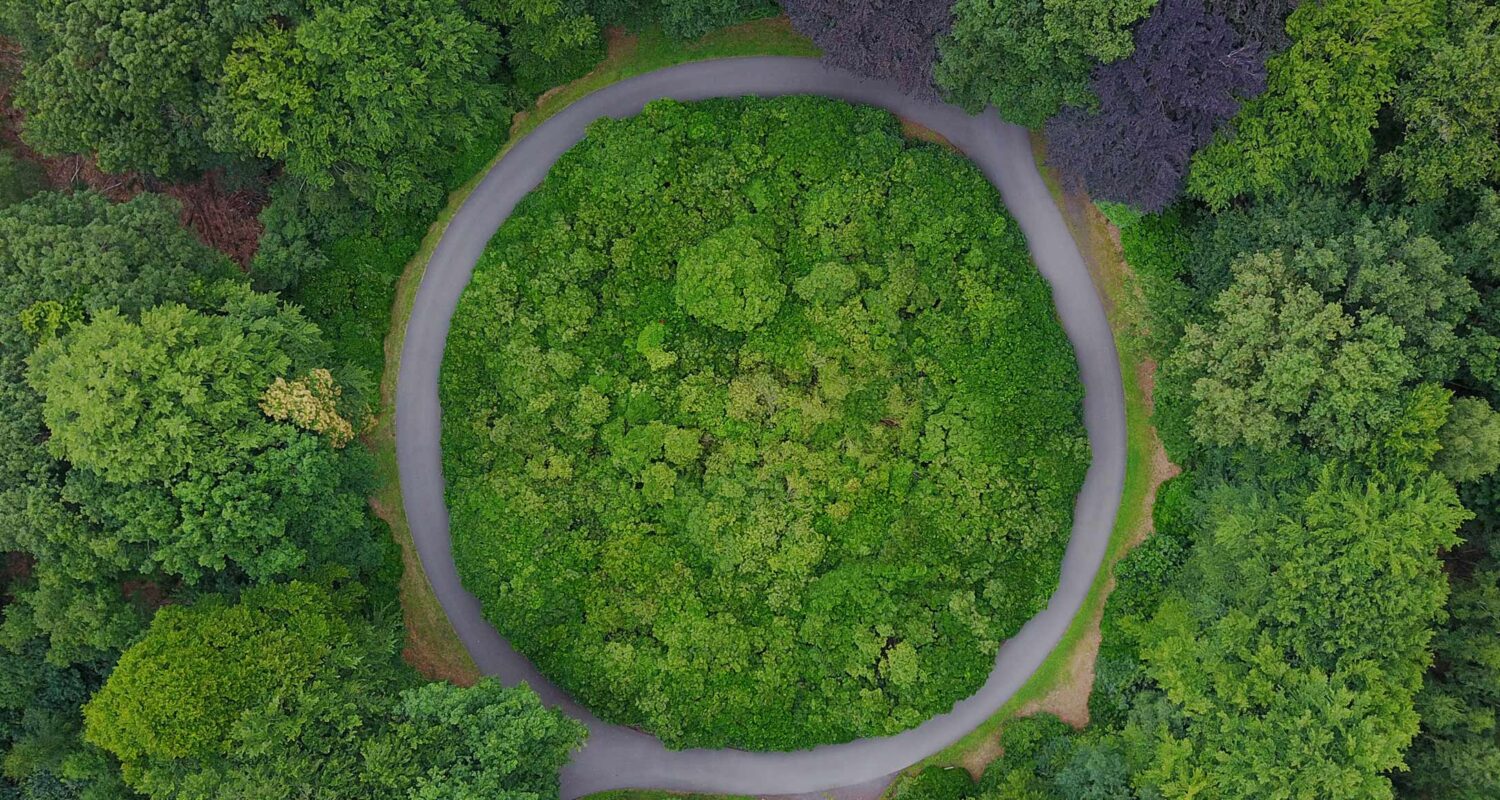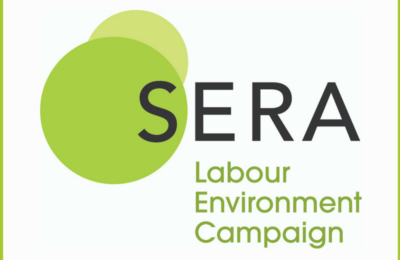
Sean Thompson discusses the idea of the circular economy…
Thompson’s Iron Law of Wizard Wheezes states that: ‘When a social or economic innovation is advocated as a patent cure-all by proponents from both the right and the left, examine the small print very closely and with great caution.’
Examples of such silver bullets include the multiple versions of electoral reform; the numerous varieties of Universal Basic Income, promoted as the Citizens Income by the Green Party and as negative income tax by Milton Friedman, and Land Value Tax, whose supporters range from Milton Friedman (again) to John McDonnell. A currently very popular example is the idea of the ‘circular economy’.
Over the last few years, the concept of the circular economy has come to be seen as a key solution in the fight to fix the dysfunctional ‘take-make-waste’ linear model that characterises the capitalist mode of production. For example, in 2017 the Dutch government published a programme entitled ‘A Circular Economy in the Netherlands by 2050’. The government website explains that:
‘For a long time, our economy has been ‘linear’. This means that raw materials are used to make a product, and after its use any waste (e.g. packaging) is thrown away… To ensure that in the future there are enough raw materials for food, shelter, heating and other necessities, our economy must become circular. That means preventing waste by making products and materials more efficiently and reusing them. If new raw materials are needed, they must be obtained sustainably so that the natural and human environment is not damaged…In a circular economy, manufacturers design products to be reusable. For example, electrical devices are designed in such a way that they are easier to repair. Products and raw materials are also reused as much as possible. For example, by recycling plastic into pellets for making new plastic products. In a circular economy we treat our surroundings responsibly.’
In its 2019 report, Completing the Picture: How the Circular Economy Tackles Climate Change, the Ellen MacArthur Foundation points out that:
‘To date, efforts to tackle the crisis have focused on a transition to renewable energy, complemented by energy efficiency. Though crucial and wholly consistent with a circular economy, these measures can only address 55% of emissions. The remaining 45% comes from producing the cars, clothes, food, and other products we use every day. These cannot be overlooked. The circular economy can contribute to completing the picture of emissions reduction by transforming the way we make and use products.’
This all sounds very reasonable and sensible, and according to the GreenBiz 2020 State of Green Business report, ‘the idea of a circular economy is growing up fast’ moving quickly ‘into the boardrooms of Fortune 500 companies and the halls of parliament around the world.’
In the words of Accenture (formerly Anderson Consulting) it is ‘the transformative model for competitiveness and sustainable prosperity‘. It’s easy to see why this version of the circular economy – circular economy lite, as it were – is so attractive to large corporations, particularly those involved in extractive industries and already feeling the early effects of the gathering environmental crisis; it promises the prospect of squaring the circle, of business (almost) as usual.
But this model sees the development of a circular economy as essentially as a technical/organisational process – the prevention of waste in the environment through commodity life extension, improved maintenance and repair, and reuse of products and materials. There is no assessment of what is currently produced, or who for or by, and no awkward questions about who benefits from the current mode of production and who pays the price. At best, this model can result in Coca Cola undertaking a recycling campaign to recover some of the millions of its single use bottles thrown away every year, while continuing to contribute to the growing water shortages in many poor countries and to the obesity epidemic in rich ones. At worst it is simply used as greenwash.
Thus, it becomes possible for Aramco, the Saudi state oil and petro-chemical giant that is the fifth largest company in the world (and has the largest daily oil production of all oil producing companies), with a capital valuation of over $2 trillion in 2019, to say, with a straight corporate face:
‘We believe the circular carbon economy is the best framework for achieving the greatest impact in reducing global emissions, while ensuring consistent economic growth. We have undertaken a number of initiatives that move toward this framework by deploying technology solutions that provide more reliable access to affordable energy, reduce CO2 emissions, enhance fuel efficiency, conserve water, and create next-generation materials that make consumer products greener.’
So the largest producer of fossil fuels on the planet can – no, it does – claim that it is a leader in the development of sustainable green growth!
One element of the circular economy concept is ‘the sharing economy’. But without any integral element of social justice or equity – the ‘just transition’ that the trade union and environmental movements call for – those that control the sharing economy can be just as exploitative as less fashionable capitalists. For example, Uber offers a great example of how privately owned cars – which, on average, are parked 95% of the time – can be shared to maximise resource efficiency while reducing CO2 emissions, air pollution and congestion. However, Uber has become synonymous with the worst and most ruthless excesses of the gig economy, forcing their drivers from Dublin to Delhi into crippling debt, paying less than the minimum wage and forcing other cab drivers out of business. Airbnb, which capitalises on unused space in peoples’ homes, claims they produce roughly 30% less waste, use 50% less water and emit 90% less CO2 than hotels – but the company has been responsible for pushing up rents in cities around the world and allowing tourists to avoid local taxes, while undermining the cohesion of local communities from Prague to Peru. Music streaming may well have led to a huge reduction in the production of CDs, but Skype and Apple Music have used their effective duopoly to force down the incomes of musicians and undermine small independent recording companies.
The latest manifestation of the sharing economy as greenwash is the growing clothing rental sector, which according to GlobalData is going to be worth £2.3bn by 2029. Renting clothes has been promoted as the sustainable and frugal alternative to fast fashion, popularised the likes of Gwyneth Paltrow and Carrie Symonds, who rented her wedding dress and her outfits for the G7 conference. Even Ralph Lauren has announced a rental range. However, a report published in the Finnish scientific journal Environmental Research Letters assessed the environmental impact of five different ways of owning and disposing of clothing, including renting, resale and recycling and found that renting clothes had the highest climate impact of all. It also found, surprise surprise, that the most sustainable way to consume fashion is to buy fewer items and to wear them for as long as possible.
None of this is to deny that reducing the waste of resources and energy by extending the life of products, ensuring that they can be properly maintained and repaired, and that their components can be recycled and/or reused, is not an important part of a strategy to combat the climate and environmental crises and build a genuinely sustainable society. However, many of even the most thoughtful of the advocates of a circular economy in the green movement don’t challenge the myth that ‘growth’ is a sign (or even THE sign) of a thriving society. They believe that circular models/practices can ensure we have continuous growth without excessive resource use, thus avoiding damaging environmental impacts, including rising emissions. In other words, a win-win for green capitalism.
The Ellen MacArthur Foundation’s report says that ‘A circular economy aims to decouple economic growth from the consumption of finite resources and build economic, natural, and social capital.’ But that is the economic and biophysical equivalent of discovering the secret of perpetual motion. In their Earth Logic Fashion Action Research Plan, academics Kate Fletcher and Mathilda Tham sum up the limitations of the current model:
‘The circular economy has gained traction and substantial interest perhaps because it aligns with existing commercial practices, suggesting that business-(almost)-as-usual is possible. Indeed, circularity is treated as a lifeline by industry reliant on a model of over-production and over-consumption of goods, an effective endorsement of contemporary economic and political practices. While the circular economy brings the promise of useful contributions to a more resource efficient industry…it has serious limitations…The circular economy is optimised to grow the circulation of materials, irrespective of whether this goal supports total systems improvement and the ecological reality of genuine biophysical limits.’
The fundamental problem with the circular economy concept and its big brother, sustainable development is that, no matter what the desirability of many of the policies advocated in their names, they are essentially concerned with maintaining a system that requires continual economic growth, or as Kate Raworth puts it ‘an economy that needs to grow, whether or not it makes us thrive’. In her book Doughnut Economics she provides a neat conceptual framework of how the world’s economy needs to operate within the confines of both environmental and social limits. Raworth’s doughnut is the ‘ecologically safe and socially just space’ between an inner ring representing essential human requirements and an outer ring demarcating the Earth’s environmental limits – ‘an economy that makes us thrive, whether or not it grows.’
Dealing effectively with the twin climate and ecological crises we face and achieving real sustainability requires us to look not just at the carbon footprint of the sum total of goods and services we produce and consume but the whole material footprint. Every stage of the life cycle of every product entails environmental costs, from the extraction and depletion of raw materials, through the manufacturing process, to its use and eventual disposal. These costs express themselves not only in carbon emissions but also in other forms of pollution, biodiversity loss and habitat damage, including to sources of clean water.
For millions of years the Earth has maintained a dynamic equilibrium: a natural and stable flow of carbon between the atmosphere, ocean, and terrestrial ecosystems. Until recently, humans played a simple and relatively harmless role within this cycle, but the development of industrial capitalism, first powered by coal and then by oil, has rapidly started to destroy that balance through the dysfunctional ‘take-make-waste’ linear model of production and consumption that has been central to the exponential expansion of capitalism over the past two hundred years.
By mimicking the natural processes of the Earth, we can – and must – achieve our own balance, closing the loop, not only by reducing CO2 emissions through energy efficiency and use of renewables, but also by designing out ‘waste’ as such by ensuring that virtually everything we create remains useful to us for as long as possible, in one way or another, and performs functionally with zero impact on the natural world.
For example, Kevlar is the strongest manufactured fibre yet produced, but, when dry, spiders’ silk is stronger. In order to manufacture Kevlar, petroleum has to be boiled in sulphuric acid at 750C and the mixture must then be put under high pressure in order to rearrange the molecules. The toxic waste produced by this process is, of course, huge. Spiders manage to produce a stronger fibre at ambient temperature and pressure with raw materials of dead flies and water. Learning from the spiders, and from the other countless examples of resource efficient design in nature will be a major challenge for designers, engineers and chemists if we are to achieve a truly circular economy, but human creativity and imagination are resources that we do have in unlimited quantities, as long as that creativity is not chained to the demands of an economic system where success is measured by the bottom line in a balance sheet.
We do need to create a circular economy, but a reimagined one that is fundamentally concerned with meeting the needs and aspirations of the whole of humanity within the physical limits that allow life to exist on Earth, instead of one which is optimised for economic growth and the interests of exploitative capital rather than social and ecological well-being.



